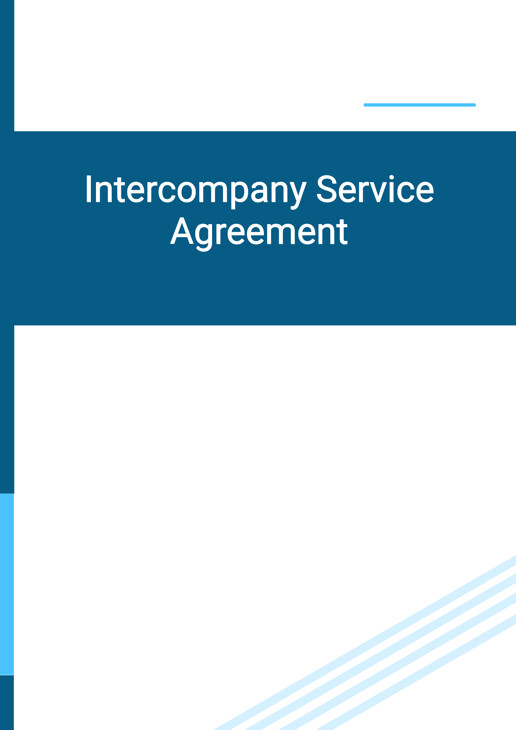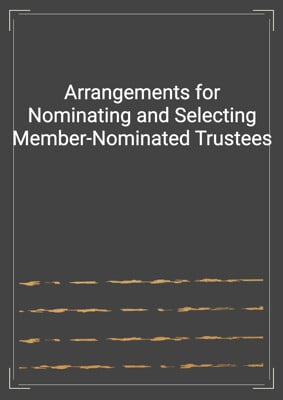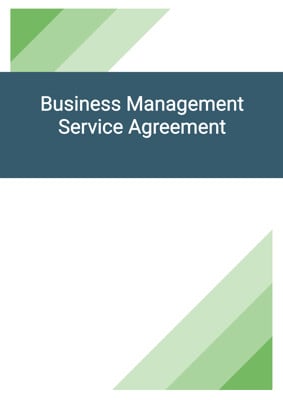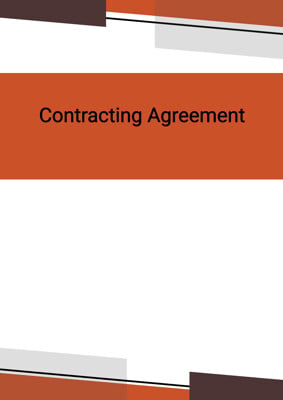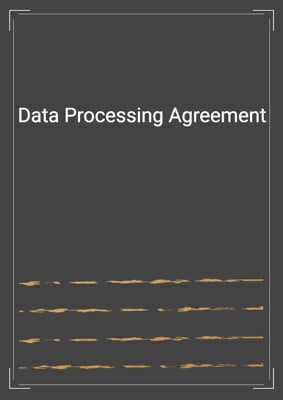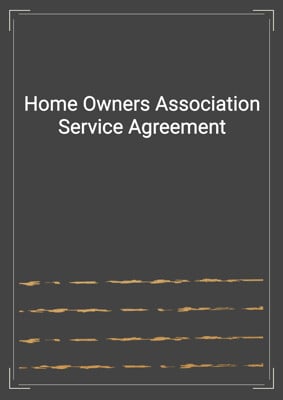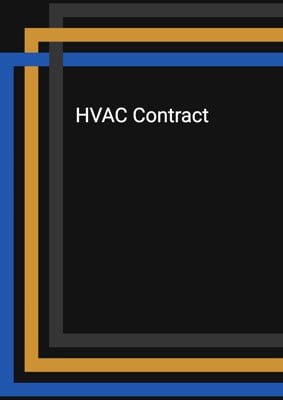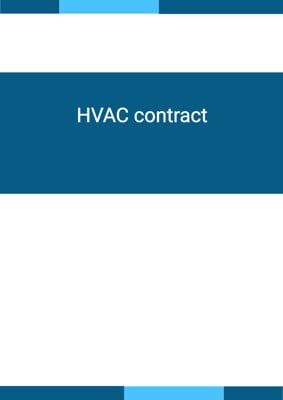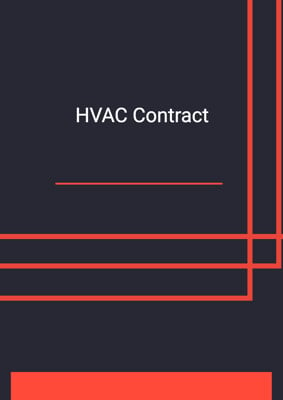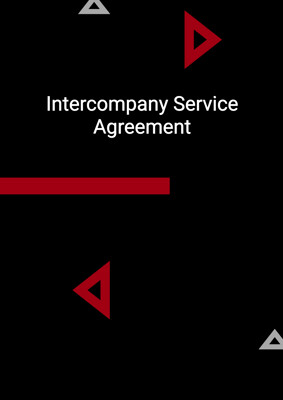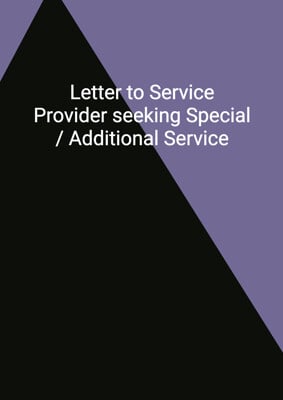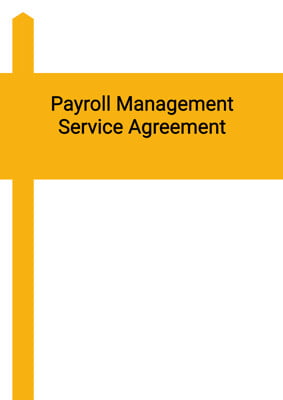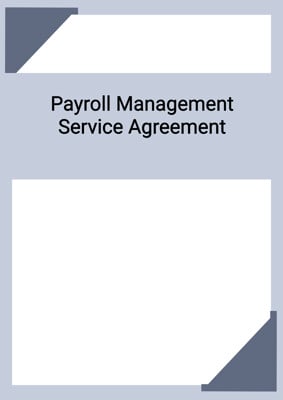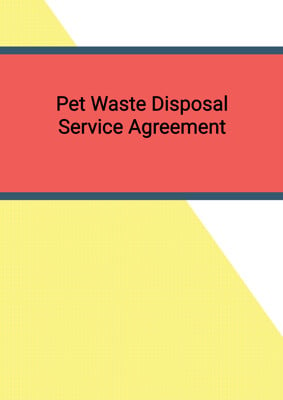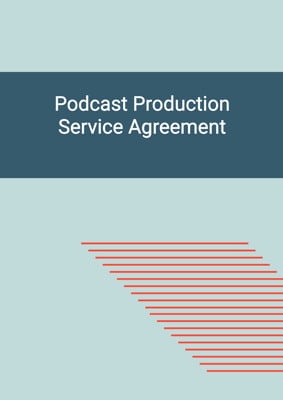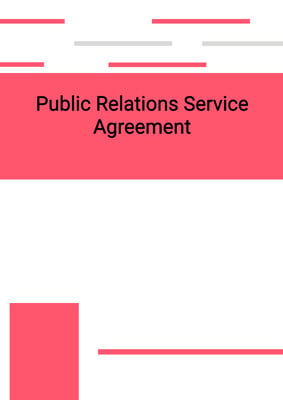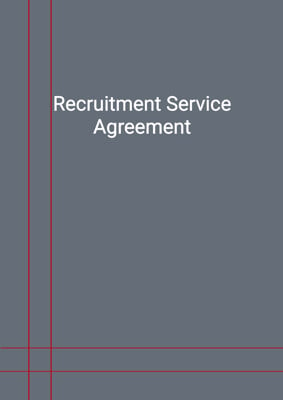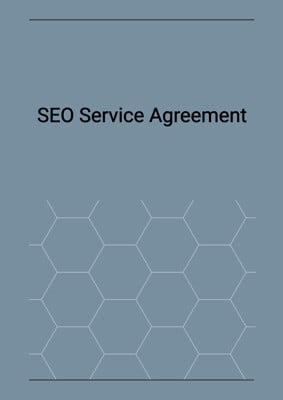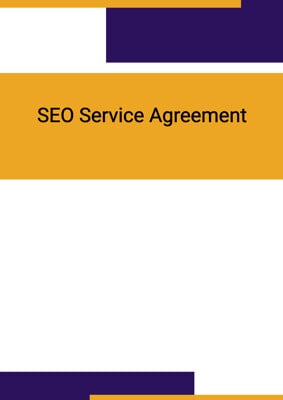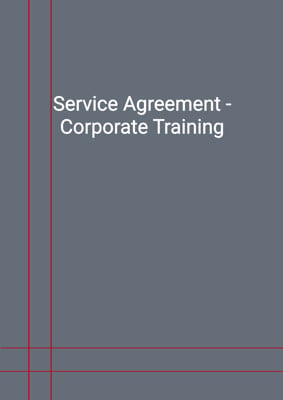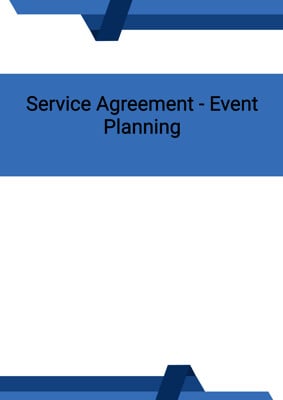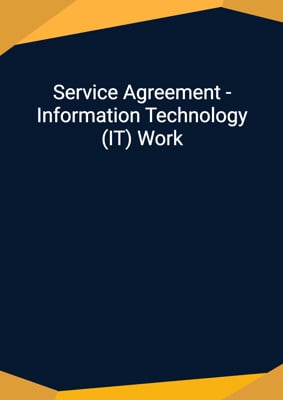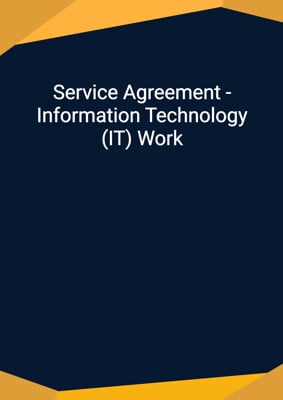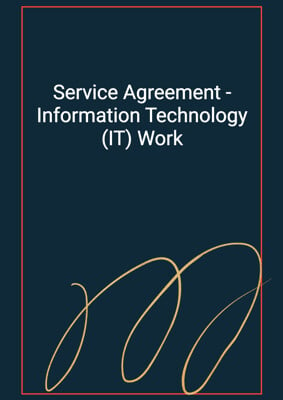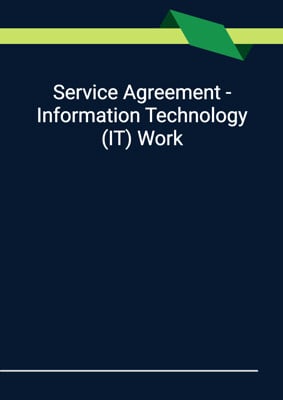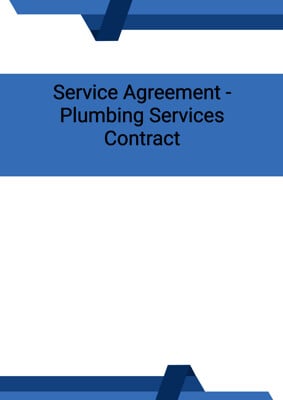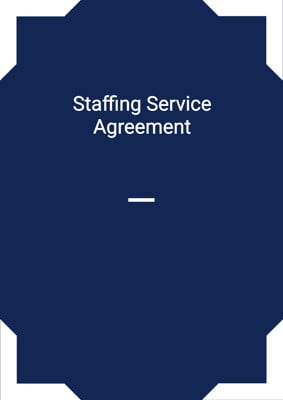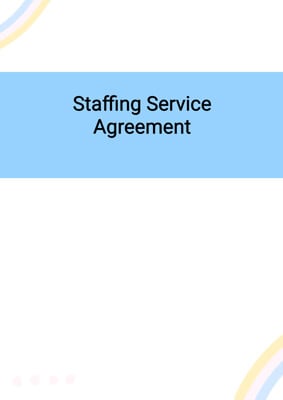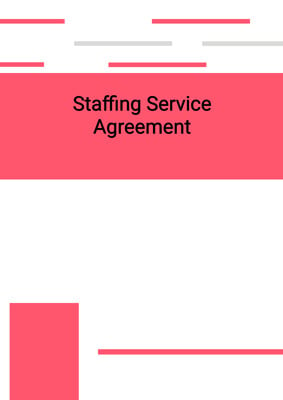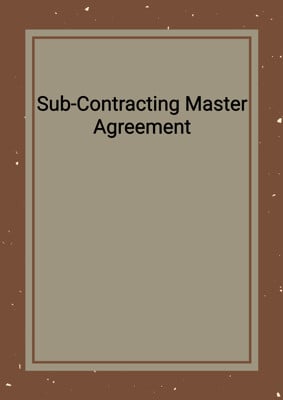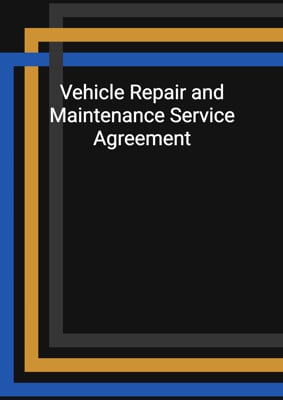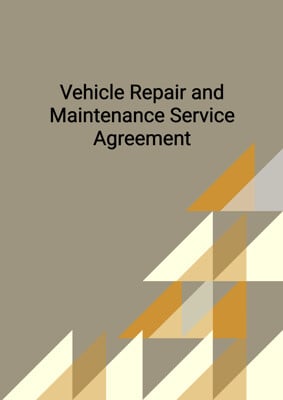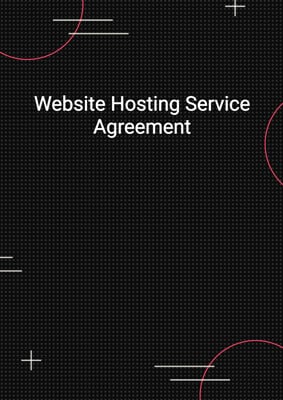How to Tailor the Document for Your Need?
01
Create Document
Fill in the details of the parties. You can click the "Fill with Member’s Information" button to complete it with information saved to your account.
02
Fill Information
Please fill in any additional information by following the step-by-step guide on the left hand side of the preview document and click the "Next" button.
03
Get Document
When you are done, click the "Get Document" button and you can download the document in Word or PDF format.
04
Review Document
Please get all parties to review the document carefully and make any final modifications to ensure that the details are correct before signing the document.
Document Preview
Document Description
The Intercompany Service Agreement is a document that outlines the terms and conditions for the provision of services between two parties, namely the Provider and the Customer. The importance of this document lies in its ability to establish a clear understanding and agreement between the parties involved, ensuring that both parties are aware of their rights, obligations, and expectations.
The entire document is divided into several sections, each serving a specific purpose. The first section, titled 'Interpretation,' provides definitions for key terms used throughout the agreement. This ensures that both parties have a common understanding of the terminology used.
The second section, titled 'Services to be provided by Provider,' outlines the specific services that the Provider will be responsible for delivering to the Customer. It also includes provisions regarding the exclusivity of the services, the authority of the Provider to act on behalf of the Customer, and the qualifications and experience required of the Provider's personnel.
The third section, titled 'Customer's obligations,' outlines the responsibilities and obligations of the Customer in relation to the services provided by the Provider. This includes providing clear instructions to the Provider, cooperating with the Provider when requested, and ensuring the safety of the Provider's personnel when visiting the Customer's premises.
The fourth section, titled 'Service fees,' specifies the payment terms and conditions for the services provided by the Provider. It includes provisions for invoicing, additional services not covered by the agreement, and the review of service fees on an annual basis.
The fifth section, titled 'Liability,' addresses the liability of the Provider in the event of negligence or breach of contract. It includes provisions for indemnification, limitations of liability, and the exclusion of certain types of damages.
The sixth section, titled 'Force majeure,' addresses the parties' obligations in the event of unforeseen circumstances beyond their control. It includes provisions for notification, the extension of time for performance, and the right of the Customer to obtain services from another provider in the event of force majeure.
The seventh section, titled 'Duration and termination,' specifies the duration of the agreement and the circumstances under which either party may terminate the agreement. It includes provisions for non-payment, breach of contract, and voluntary arrangements with creditors.
The eighth section, titled 'Nature of agreement,' clarifies the relationship between the parties and their ability to assign or delegate their rights and obligations under the agreement. It also includes provisions regarding the modification of the agreement, the entire agreement clause, and the exclusion of third-party rights.
The ninth section, titled 'Arbitration and proper law,' provides for the resolution of disputes through amicable negotiations and the application of the proper law.
The tenth section, titled 'Notices and service,' outlines the requirements for giving notice under the agreement. It includes provisions for the method of service, the addresses of the parties, and the language of the notices.
The eleventh section, titled 'Confidentiality,' imposes obligations on both parties to keep confidential any information disclosed during the course of the agreement. It includes provisions for the disclosure of confidential information to employees, officers, representatives, advisers, and as required by law.
The twelfth section, titled 'Intellectual property,' addresses the ownership and licensing of intellectual property rights. It includes provisions for the retention of ownership by the Provider, the grant of a license to the Customer, and the prohibition of sublicensing or transferring of intellectual property rights.
The document concludes with a signature block for both parties and two schedules. Schedule 1 provides examples of the services to be provided by the Provider, while Schedule 2 outlines the service fees, including item descriptions, quantities, unit prices, amounts, discounts, and the final total.
Overall, the Intercompany Service Agreement is a comprehensive document that covers all aspects of the relationship between the Provider and the Customer, ensuring clarity, protection, and mutual understanding.
How to use this document?
To use the Intercompany Service Agreement effectively, follow these steps:
1. Familiarize yourself with the entire agreement, paying close attention to the definitions provided in the 'Interpretation' section. This will ensure a clear understanding of the terminology used throughout the document.
2. Review the 'Services to be provided by Provider' section to understand the specific services that the Provider will be responsible for delivering. Take note of any exclusivity requirements, authority provisions, and qualifications for the Provider's personnel.
3. Understand the obligations outlined in the 'Customer's obligations' section. Ensure that you are prepared to provide clear instructions to the Provider, cooperate when requested, and take necessary steps to ensure the safety of the Provider's personnel.
4. Familiarize yourself with the 'Service fees' section to understand the payment terms and conditions. Take note of the invoicing process, provisions for additional services, and the review of service fees on an annual basis.
5. Review the 'Liability' section to understand the Provider's liability in the event of negligence or breach of contract. Take note of the indemnification provisions, limitations of liability, and the types of damages excluded.
6. Understand the 'Force majeure' section and the parties' obligations in the event of unforeseen circumstances. Take note of the notification requirements, the extension of time for performance, and the right to obtain services from another provider.
7. Review the 'Duration and termination' section to understand the duration of the agreement and the circumstances under which either party may terminate. Take note of the provisions for non-payment, breach of contract, and voluntary arrangements with creditors.
8. Familiarize yourself with the 'Nature of agreement' section to understand the relationship between the parties and their ability to assign or delegate rights and obligations. Take note of the provisions for modifying the agreement, the entire agreement clause, and the exclusion of third-party rights.
9. Understand the 'Arbitration and proper law' section and the process for resolving disputes. Be prepared to engage in amicable negotiations and apply the proper law.
10. Review the 'Notices and service' section to understand the requirements for giving notice under the agreement. Take note of the methods of service, the addresses of the parties, and the language of the notices.
11. Familiarize yourself with the 'Confidentiality' section and the obligations to keep confidential information. Understand the provisions for disclosing confidential information to employees, officers, representatives, advisers, and as required by law.
12. Review the 'Intellectual property' section to understand the ownership and licensing of intellectual property rights. Take note of the retention of ownership by the Provider, the grant of a license to the Customer, and the prohibition of sublicensing or transferring intellectual property rights.
13. Sign the agreement in the designated signature block, ensuring that all parties involved have signed.
14. Keep a copy of the signed agreement for your records and refer to it as needed throughout the duration of the agreement.
By following these steps, you can effectively use the Intercompany Service Agreement to establish a clear understanding and agreement between the Provider and the Customer, ensuring a smooth and mutually beneficial relationship.
Not the right document?
Don’t worry, we have thousands of documents for you to choose from:
